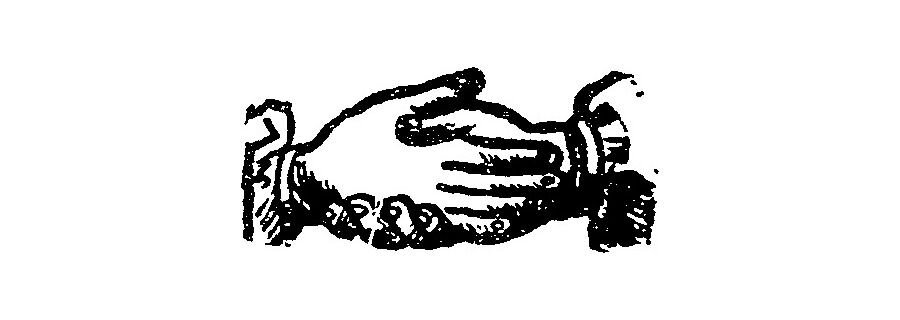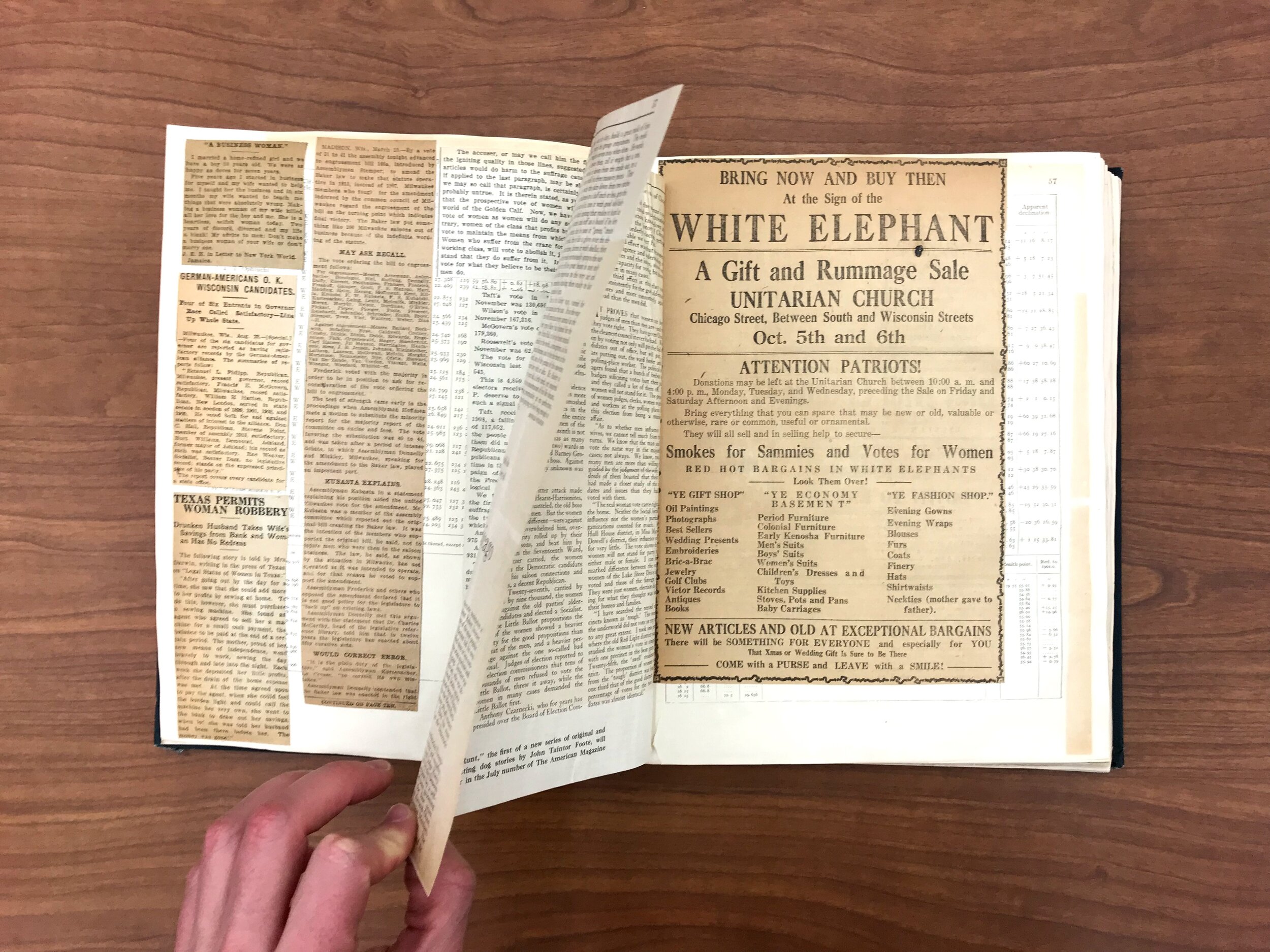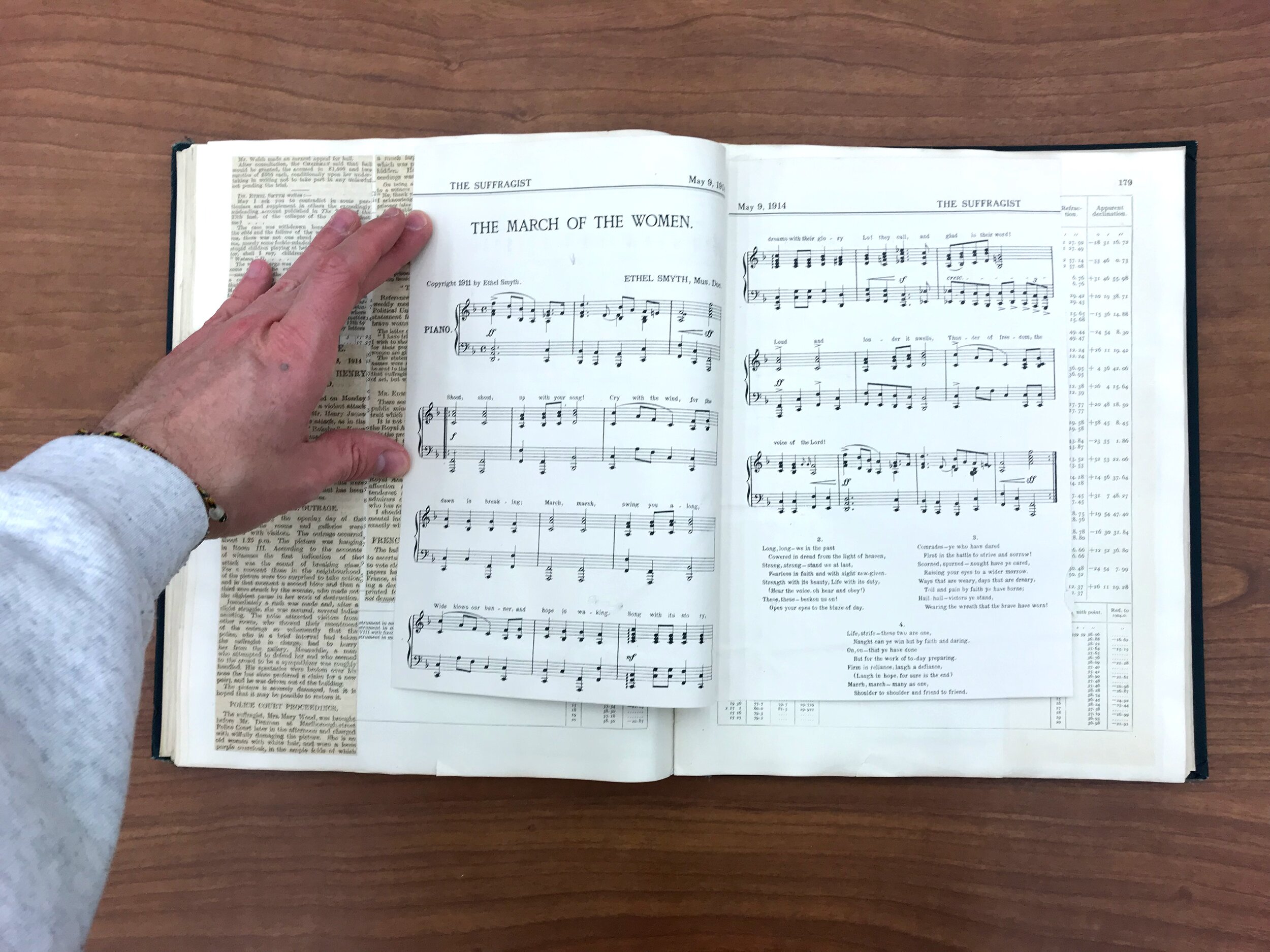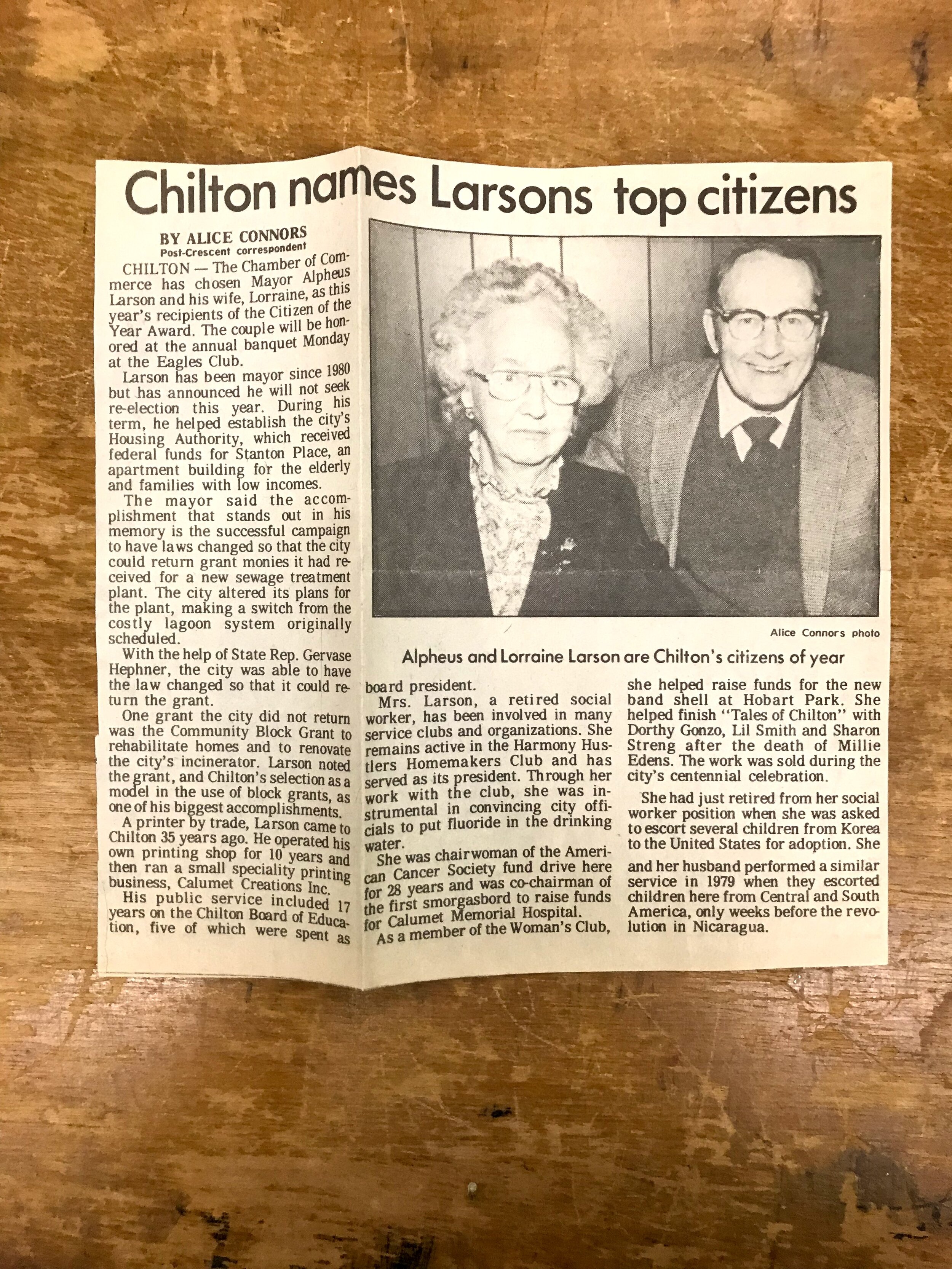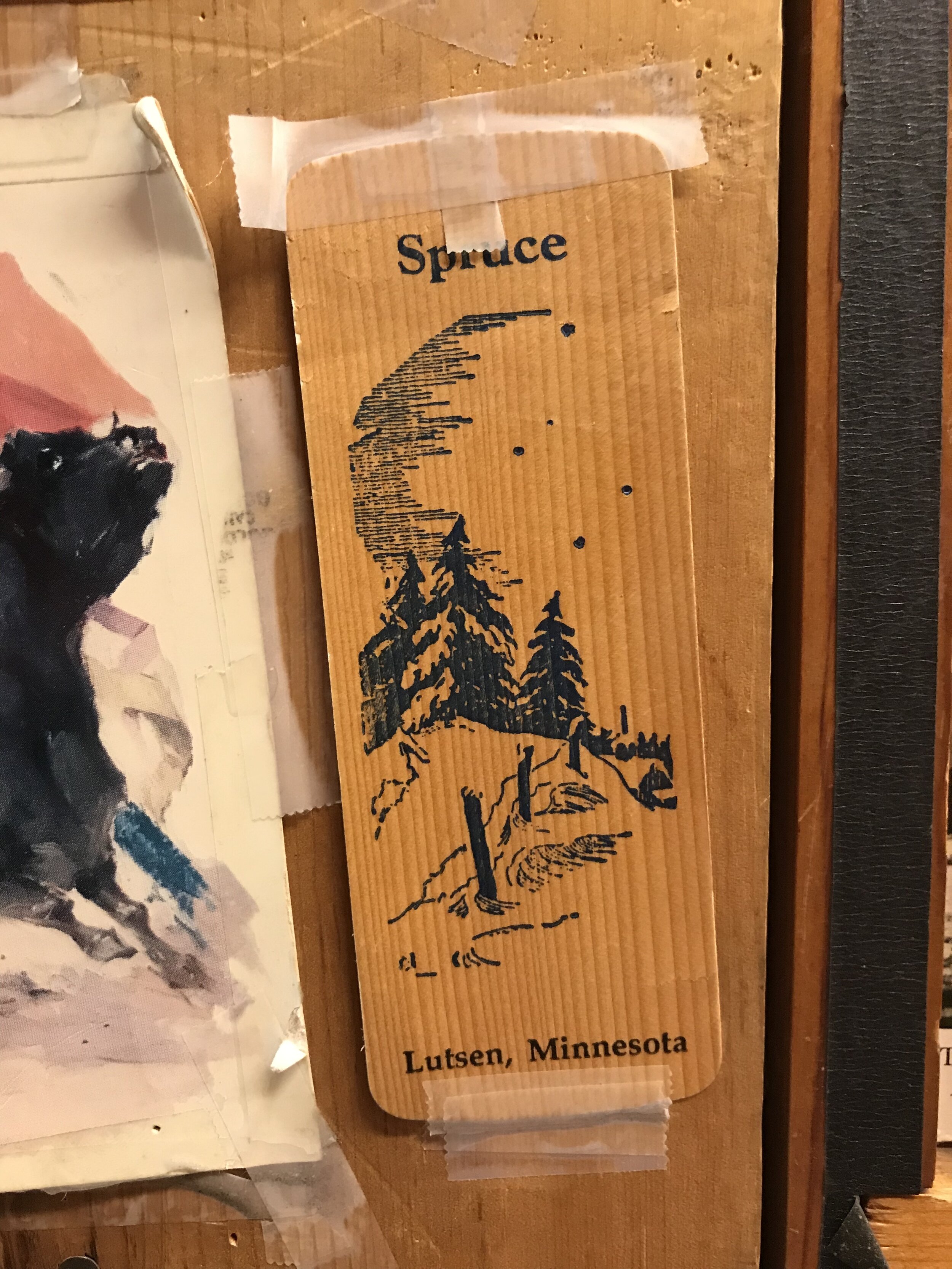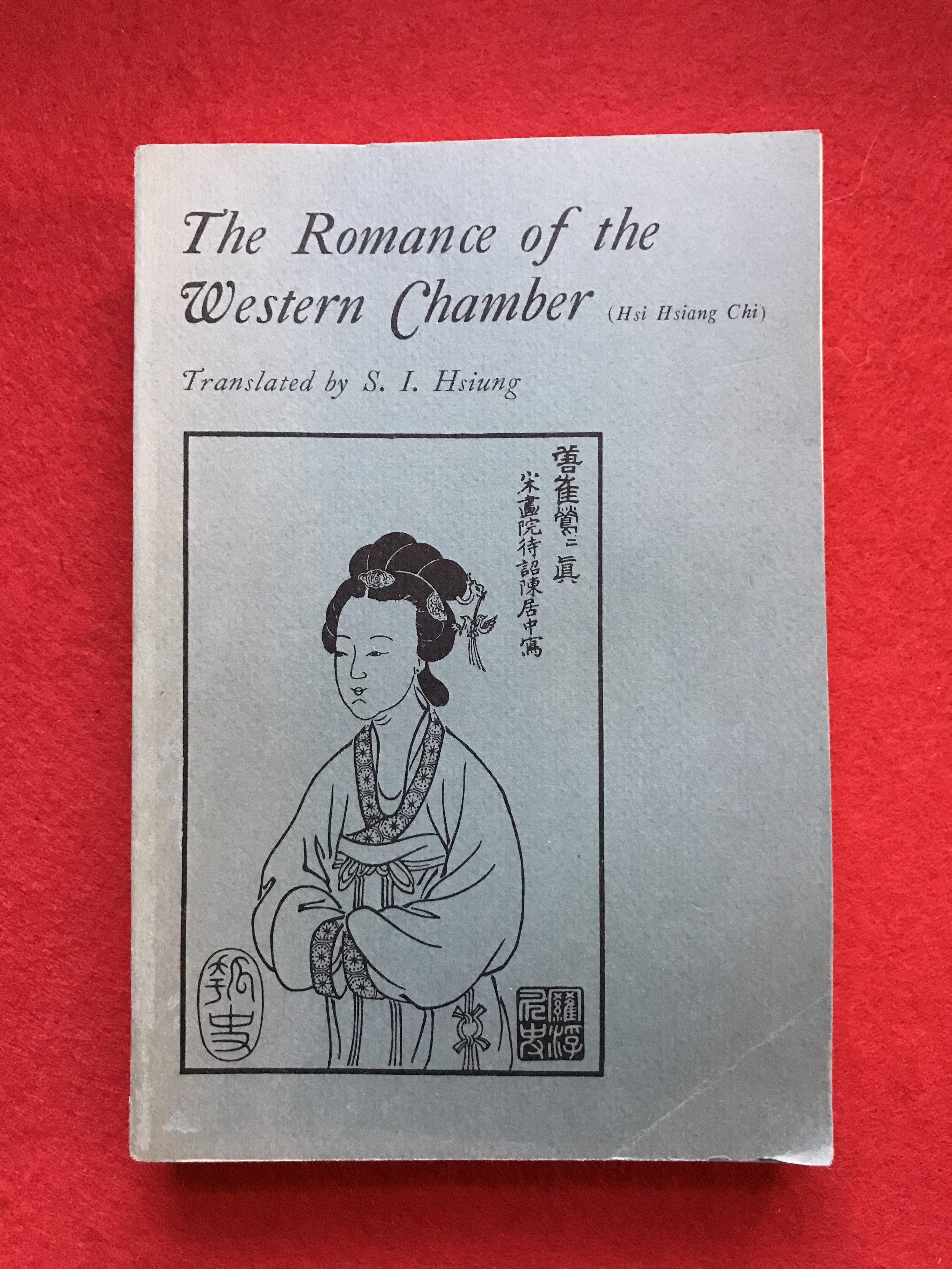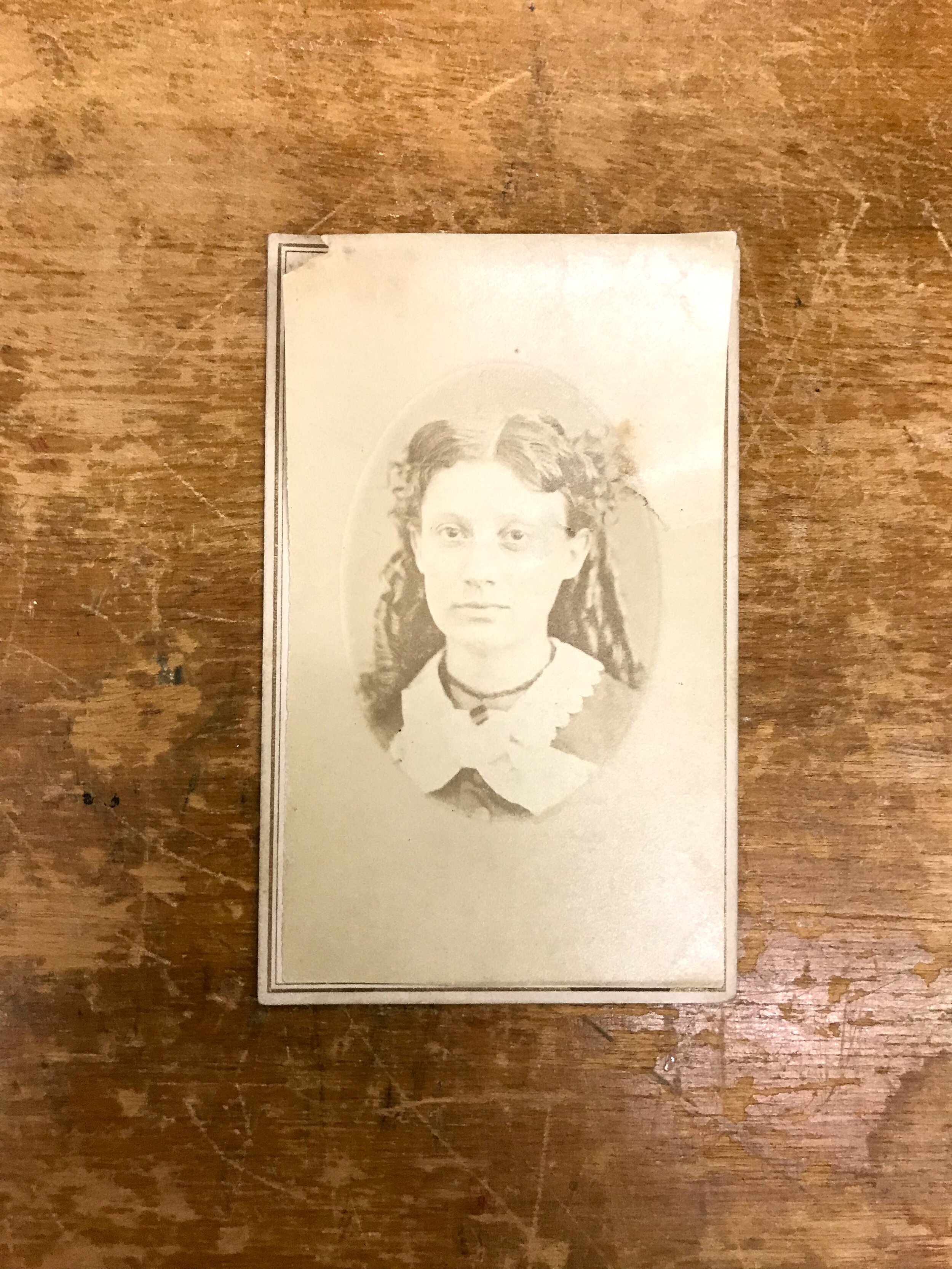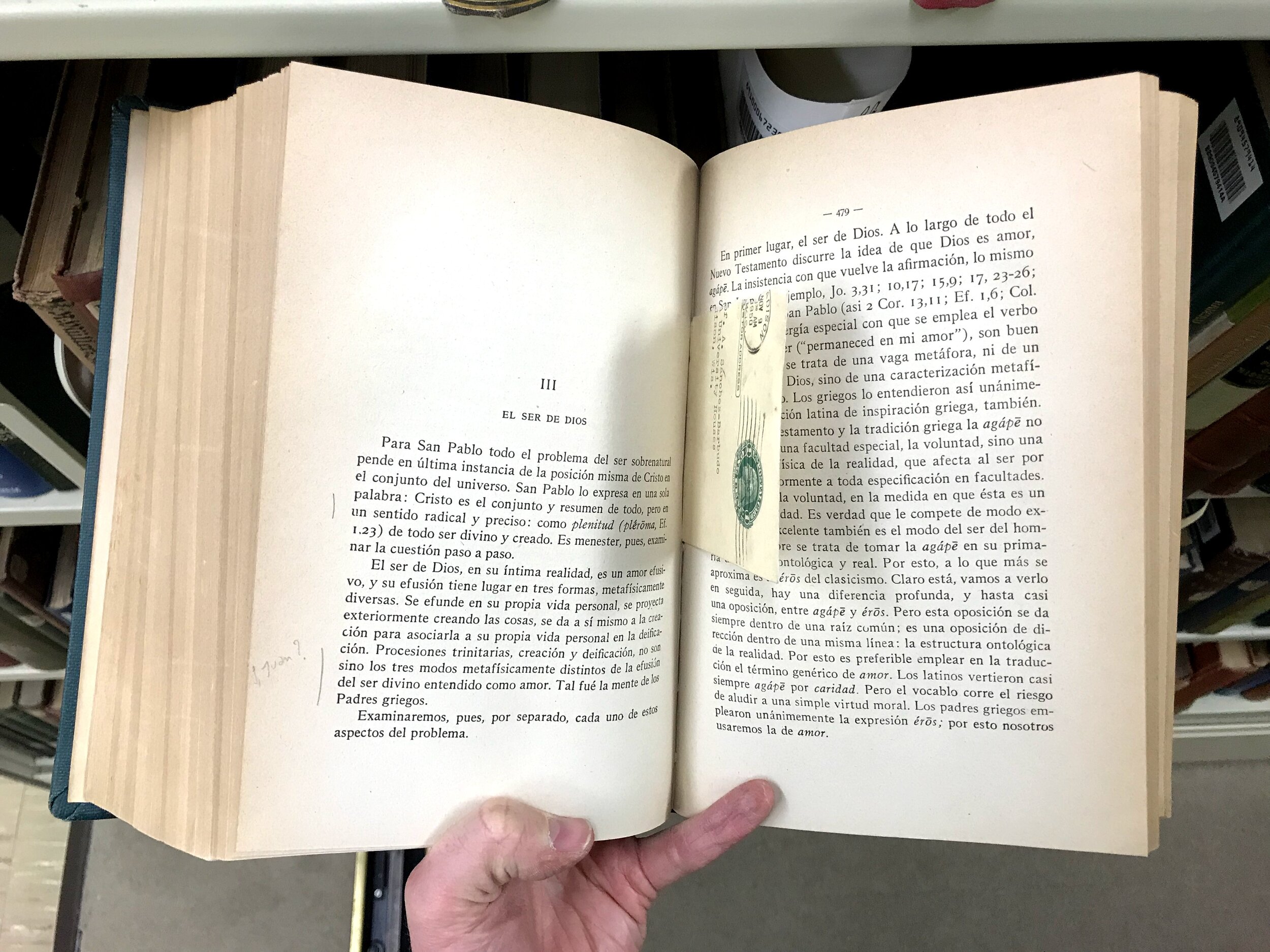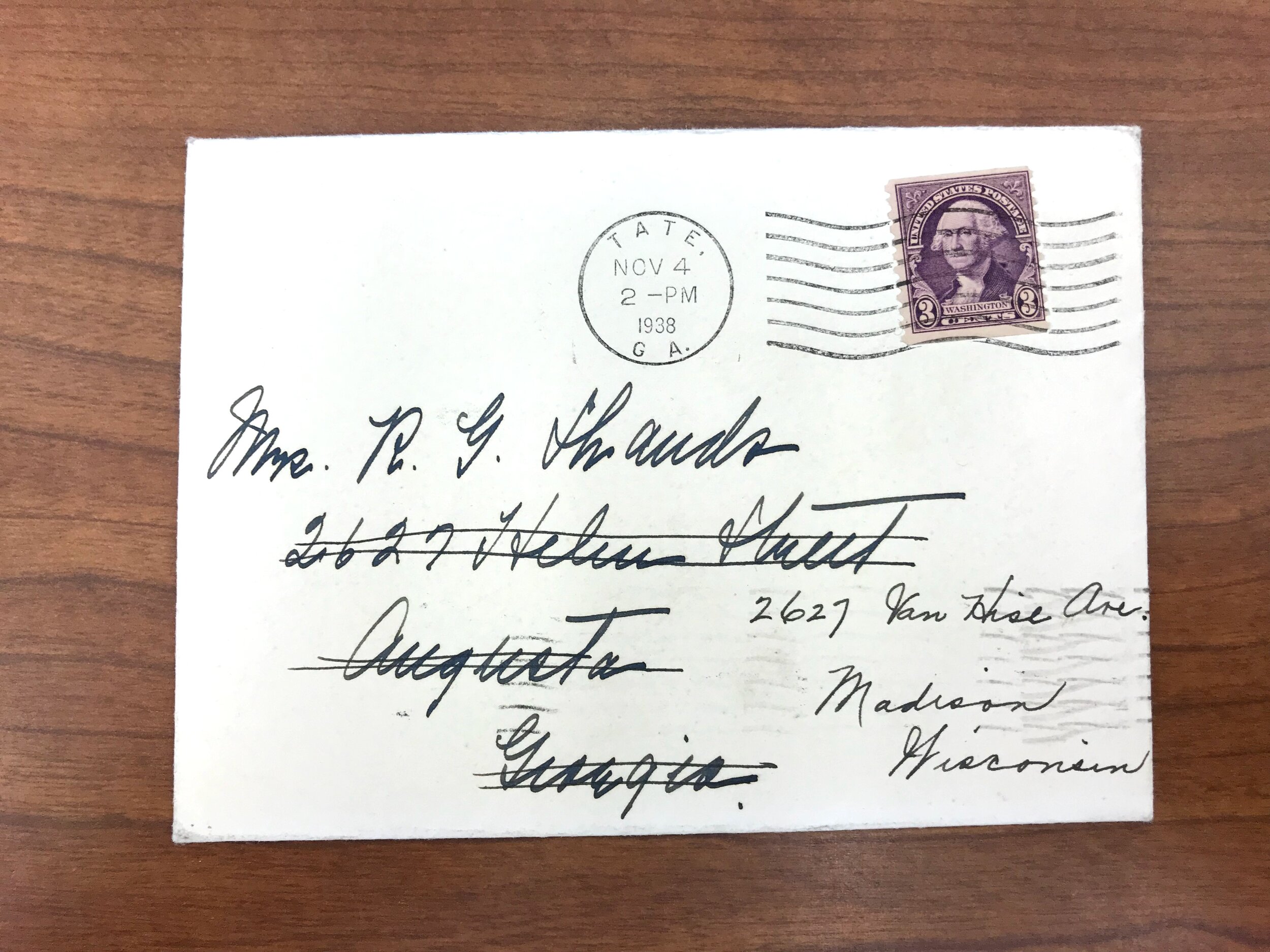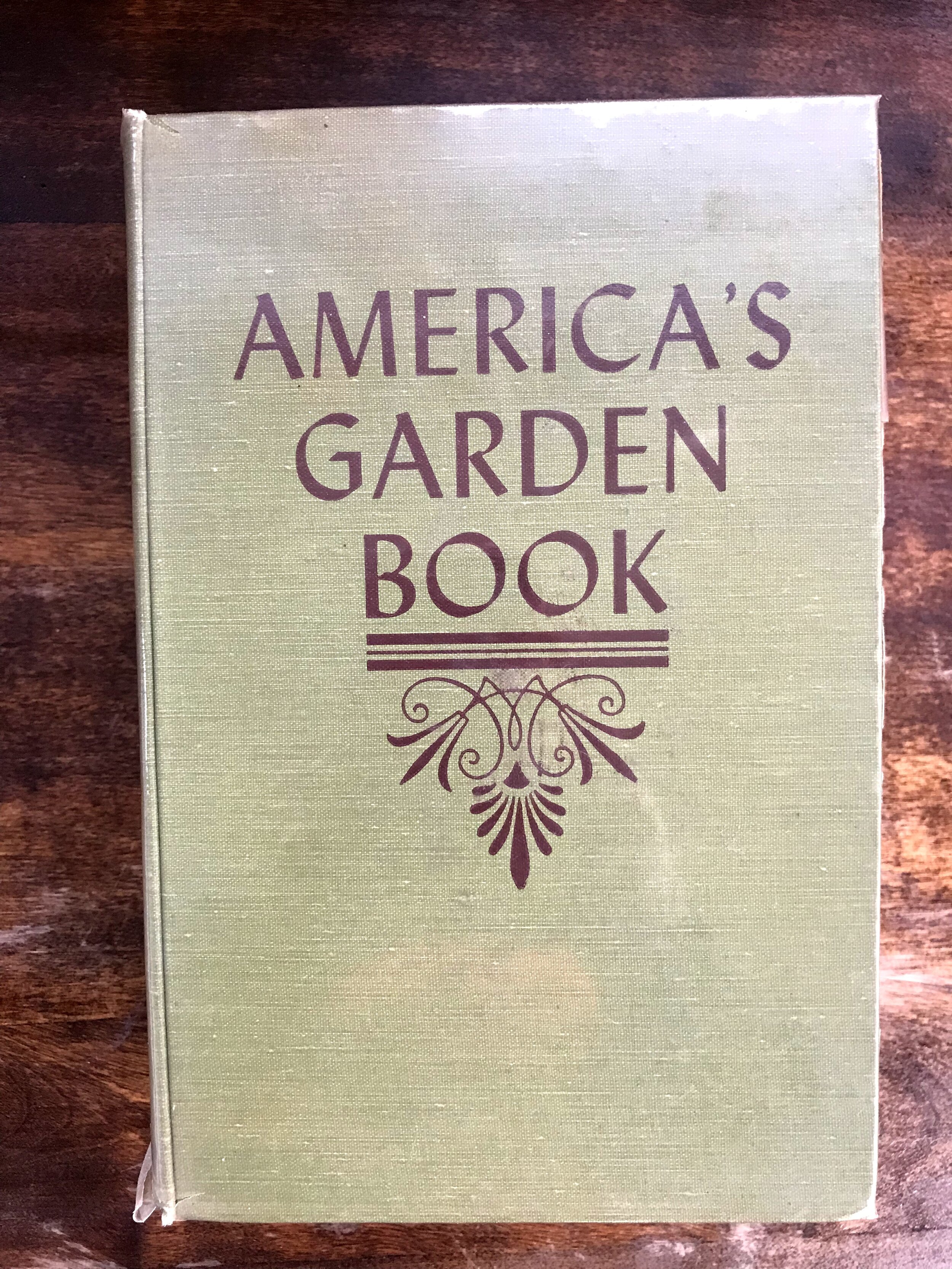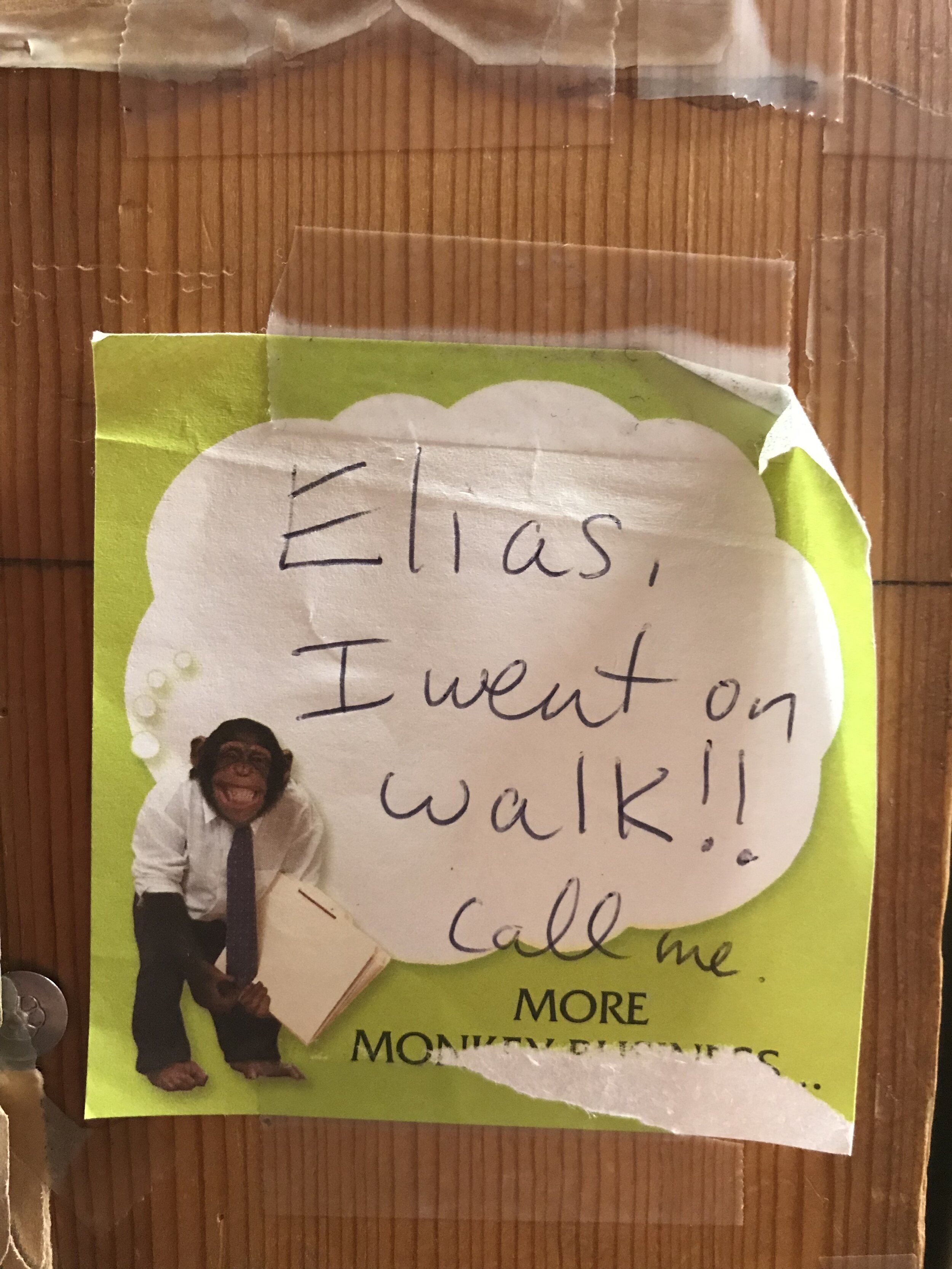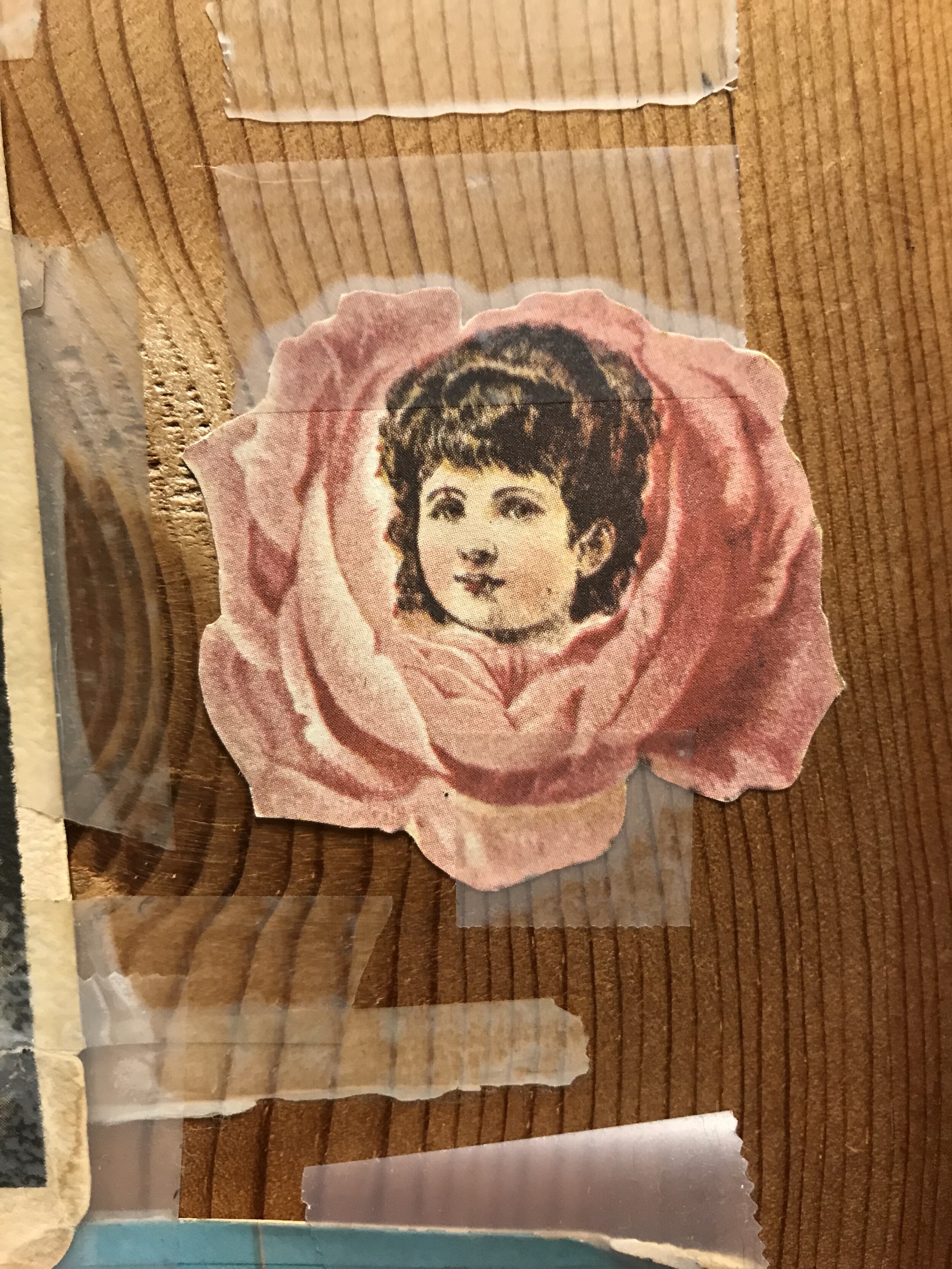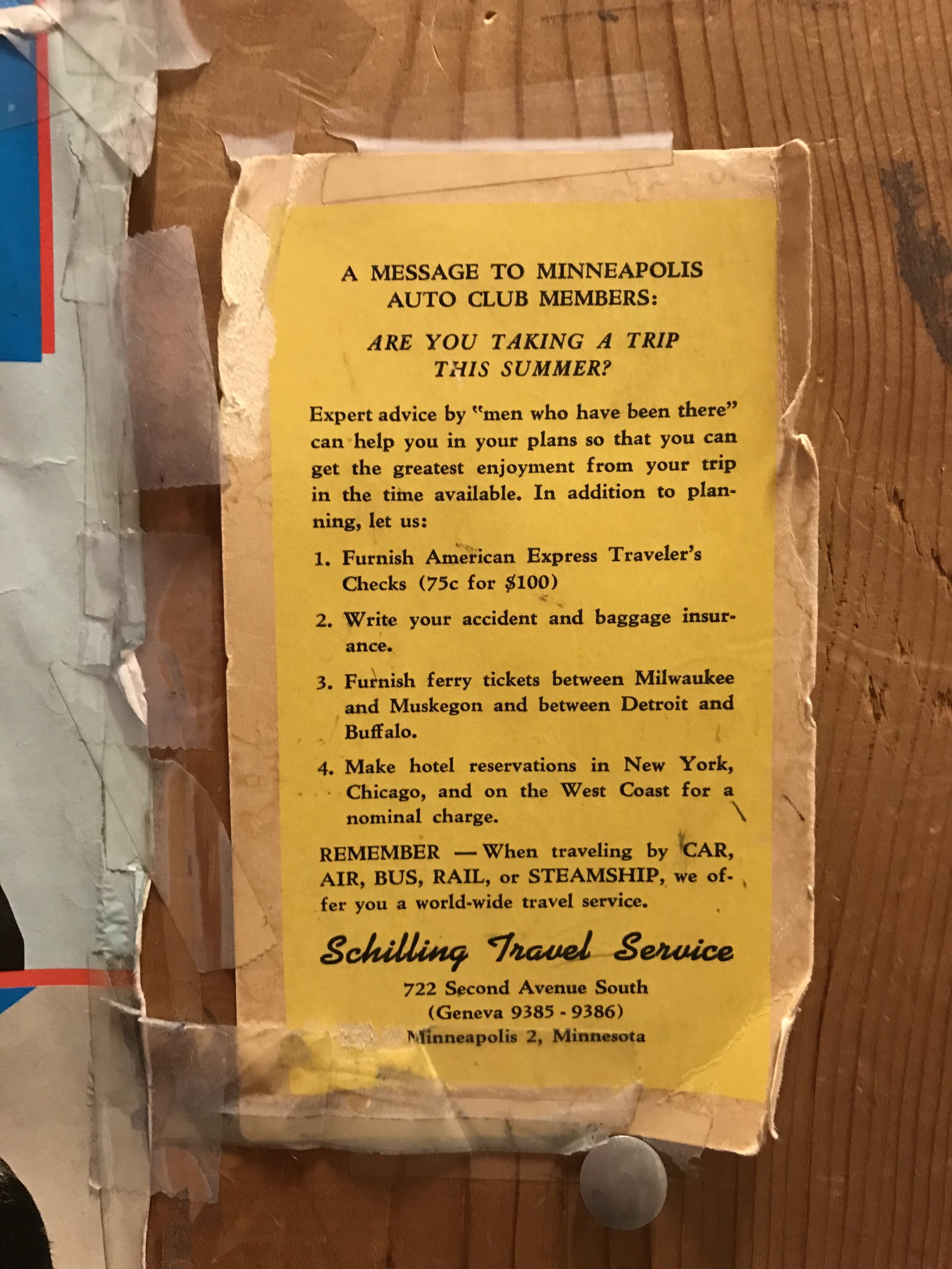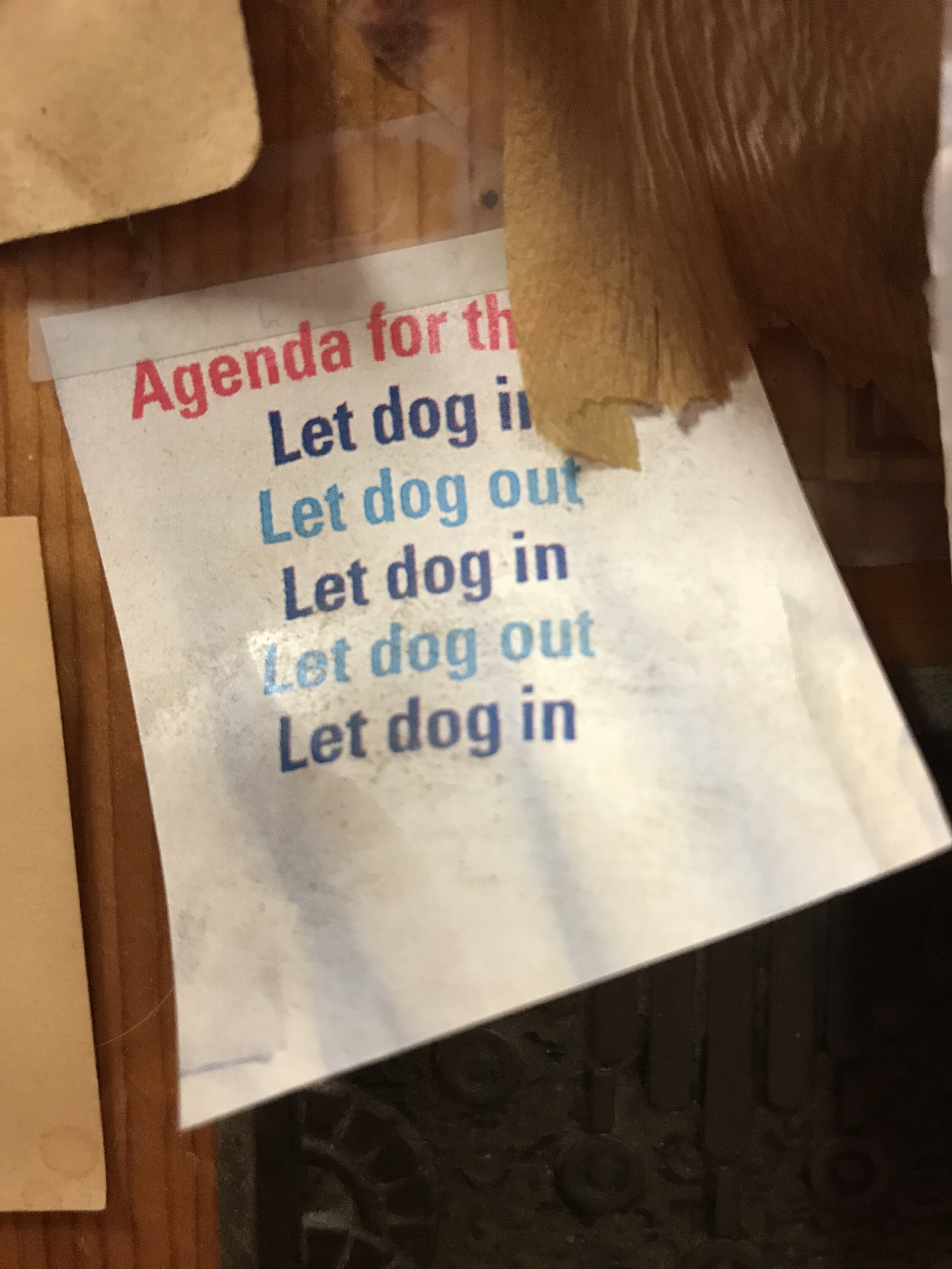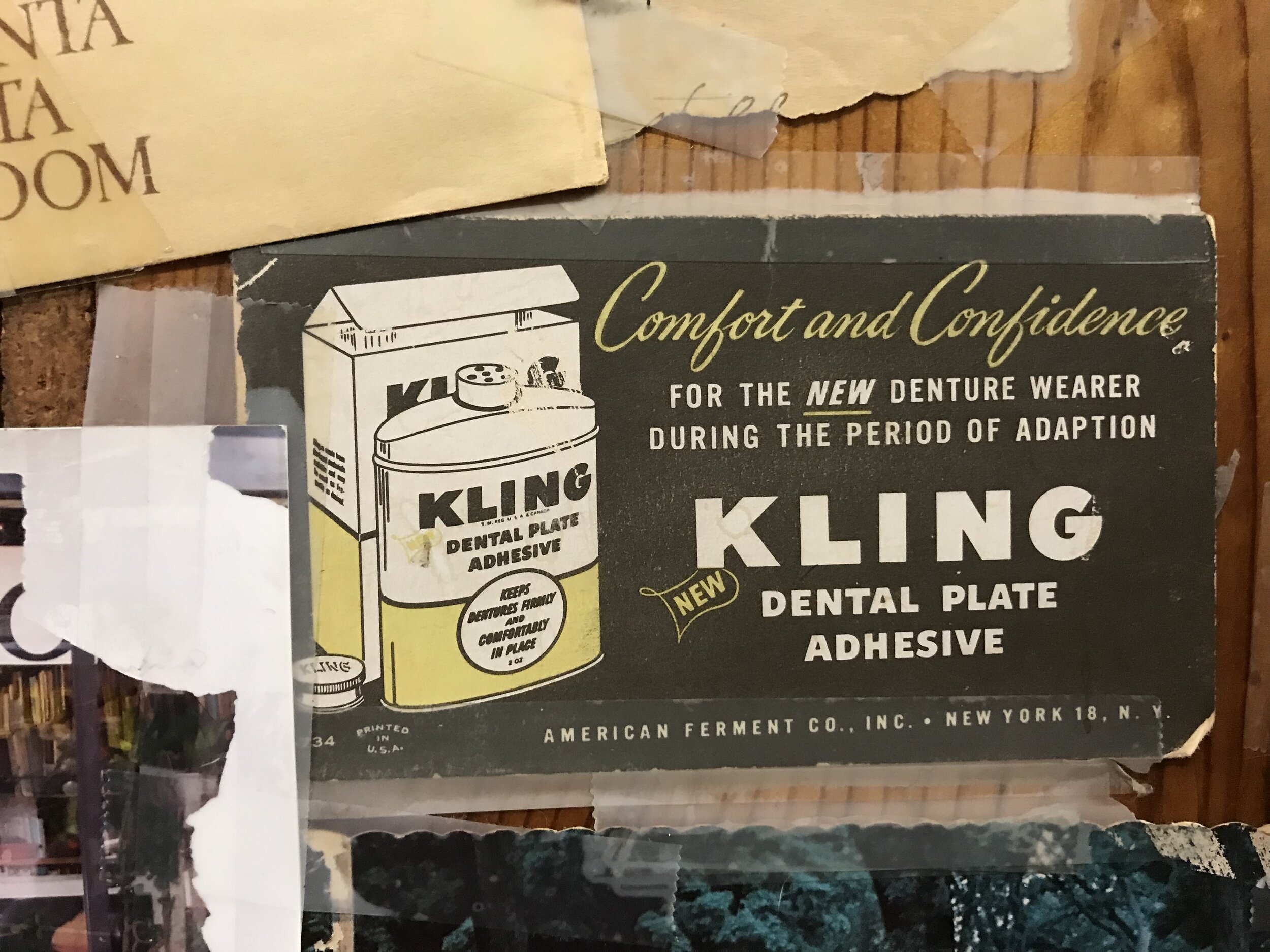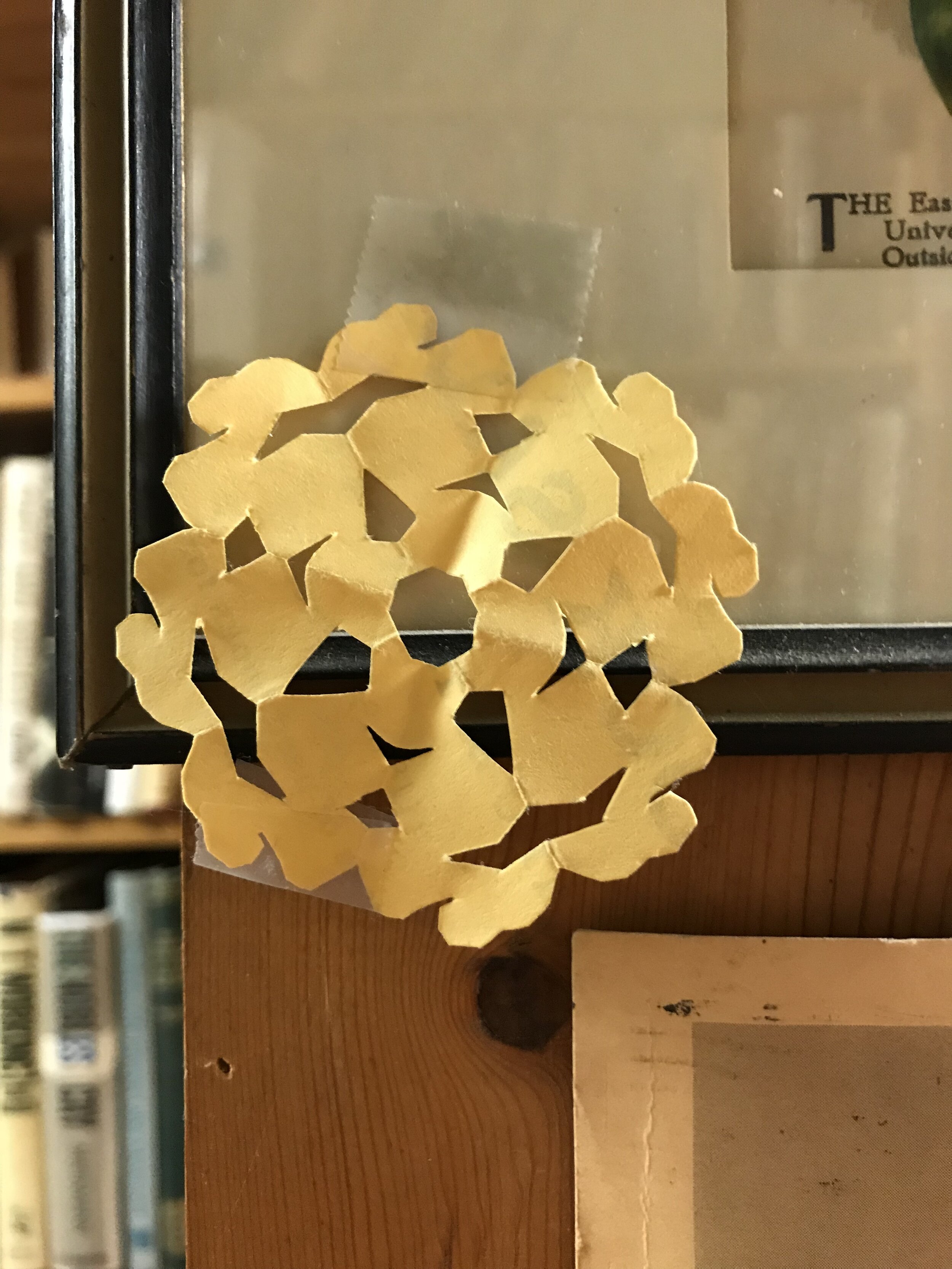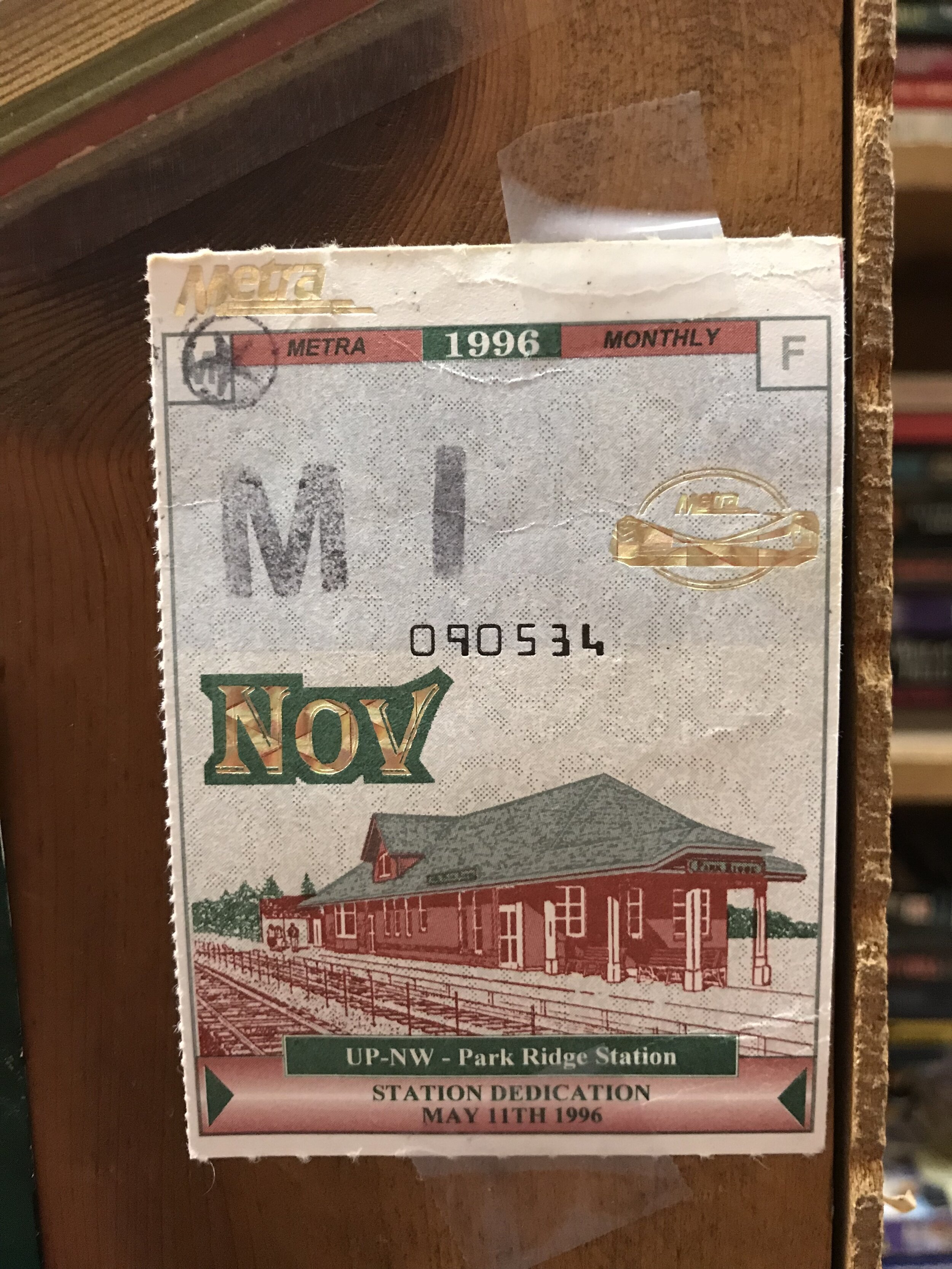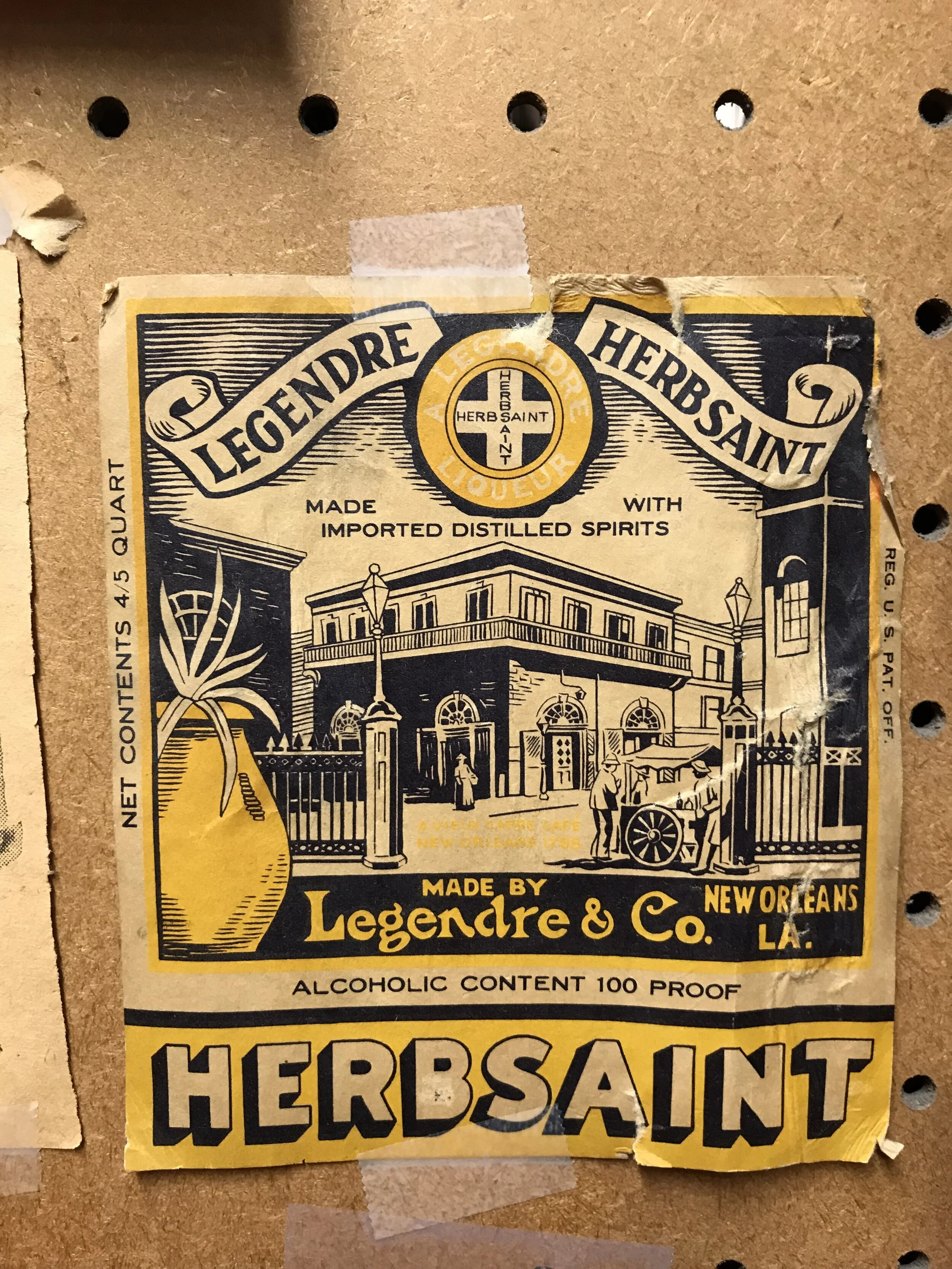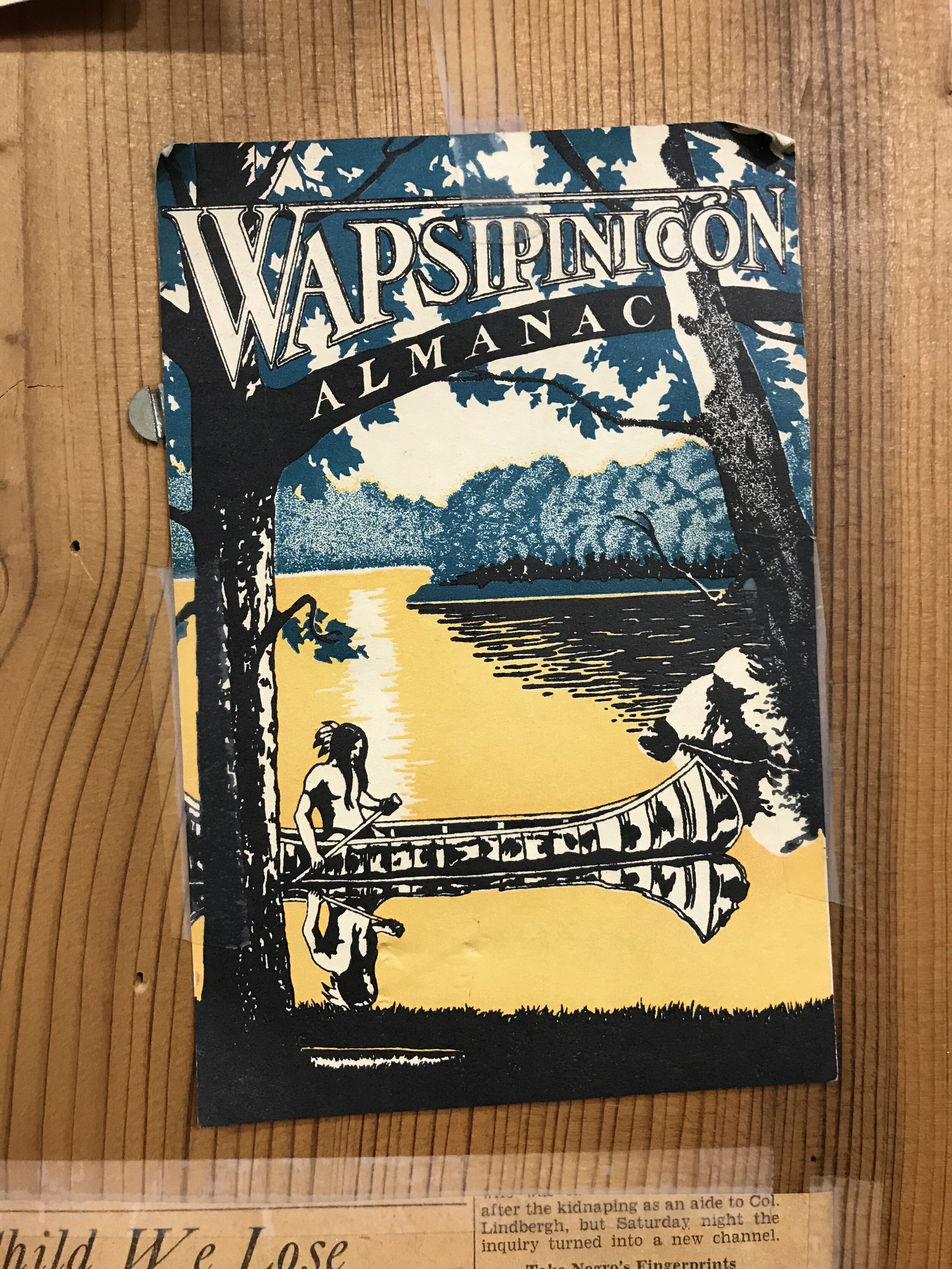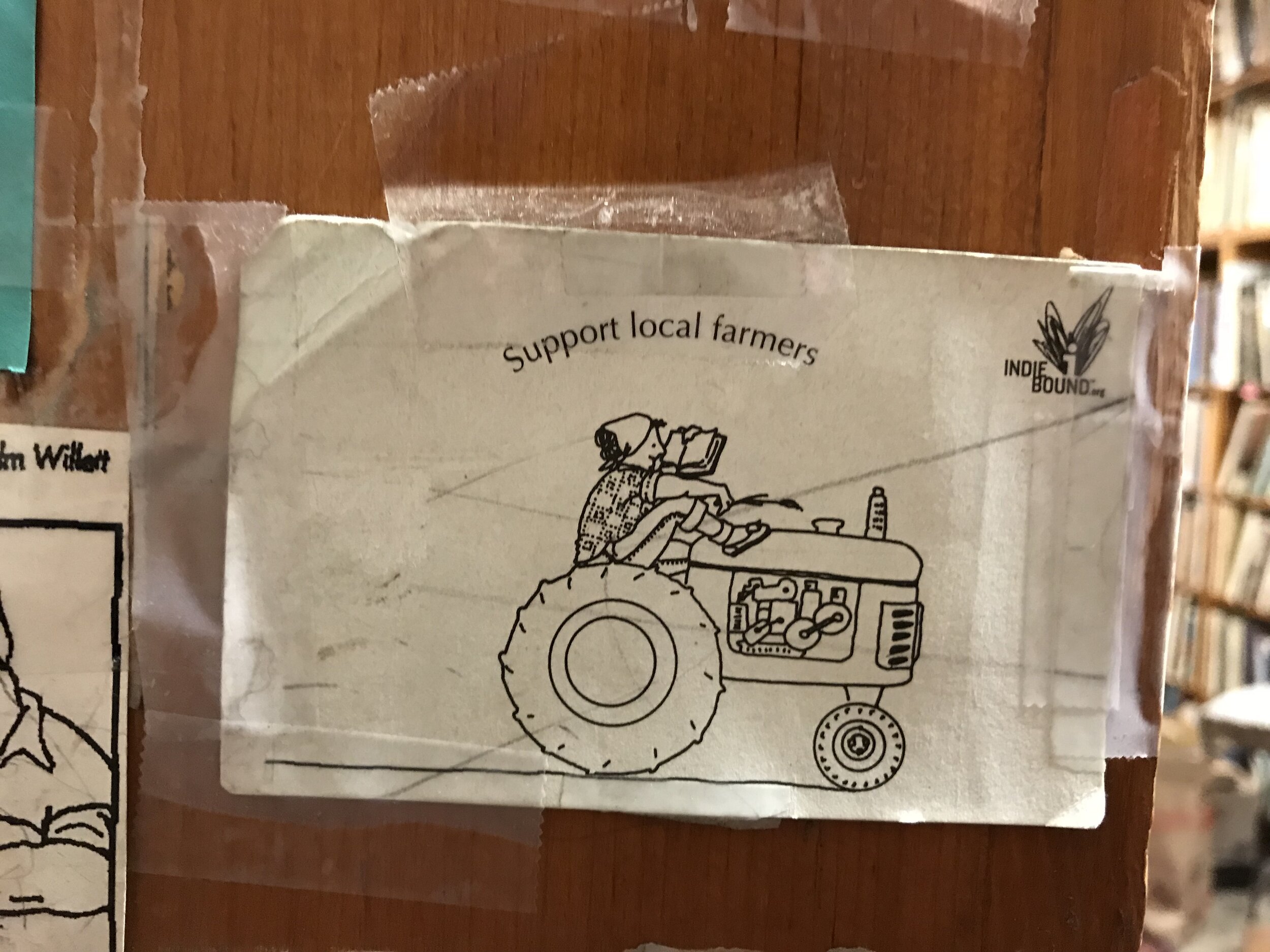Near my old home on the border of northern Taipei, at the intersection of the ocean-bound Danshui and Keelung rivers, is the Guandu Matsu temple. Any of the numerous levels of the complex provide a wide vantage of the city to the south, including the nearby neighborhood of Guandu. Directly in front of the temple is a wharf with thirty or so long fishing boats, and when the tide is high, they are jettied out to the sea. Guiding them are the fisherman, who point the blue and red boats northwest towards the peak of Guanyin Mountain, not far in the distance. As they reach the main channel, they take a hard right, and in just ten minutes they will reach the ocean with its ocean-sized fish.
It’s all beautiful theater, one that I was a party to long before I realized that the temple was the spiritual home of the young Goddess, Matsu. This Goddess, protector of the seafarers, had long since lived here, at least in the forms of porcelain and wood effigies. And as one walks through the temple’s many chambers, you feel Matsu as a spirit, immortalized and made real by the collective consciousness of her flock. Those wharfmen, the Guandu families, the visitors from out of town; they all give to her, and bow to her, and dream and wish to her. And if they are able to clearly see the effigy, it would be subtly smiling back at them, thanks to the anonymous artisans who gave this cultural spirit a form. Effigies and other art works of the temple all radiate with the directness of an art form that is both anonymous and created for a “higher meaning”; here were sculptors, painters, and architects who didn’t create to be God, but created for God.
Without a knowledge of Matsu, without a knowledge of the uncountable symbols in the complex, even the non-religious would be able to feel the devotional atmosphere. The vibrations caused by the living visitors, the enshrined dead, the natural surroundings, the built environment, and their relationships all resonated within me on each visit.
So I came back often, and did my own form of bowing and praying. Never did I not feel an enveloping appreciation and sense of what I was seeing. And so, it became a sort of haven for me. When I left my home, it was my most common destination, and eventually it became the place I was most comfortable beyond my bedroom walls.
On one of these visits, at the street level on the north side of the complex, I discovered a stone plaque. On the stone tablet was a hagiography of Matsu [please read here], the temple’s young resident Goddess. On the right side was Chinese, for the locals; on the left side was English, for everyone else.
Without considering the import of the words’ meaning, I was instantly drawn to the tablet: The golden recesses in the stone provided a stark contrast against the smooth blacks of the polished granite. The variability of each hand-carved letter or character subtly signalled what we in the computer age might call “imperfection.” And as I looked at the composition of the original on the right, and the translation on the left, I reflected on the tablet’s asymmetric symmetry; in English, the words are laid out laterally and left to right, and in Chinese, longitudinally and right to left. As this visual translation was imperfect, so, too is the practice of translation naturally fraught with an asymmetric symmetry.
I got closer and felt the words, and put my fingers in the depressions on the cool stone slab. I was feeling the movements of the craftsperson. I could touch the words. I stepped back and read.
The world of Matsu, as described by the anonymous author, had a disarming manichaeism and bare sweetness. What would normally sound marvelous and supernatural was presented with an economical and confident matter-of-factness: as sure as their world contained oceans, mountains, and men, it, too, was home to monsters, demons, and oracles. As sure as young girl would take lessons from a tutor on the Buddhist sutras, so, too, would she also subdue the evil monsters, sometimes with so little as a silk handkerchief.
We learn that Matsu is a visitor of dreams, a caring protector, a Holy Mother. Her eternal service and compassion for man was established in her 27 mortal years on earth. Officially, she is memorialized by verbose court titles which seem to confess humans’ vulnerability and insignificance just as much as they proclaim Matsu’s greatness: Heavenly Crown Princess of Protector of the Land, Assistant to the God, and Guardian of the People, all with Manifested Blessing, Extensive Kindness, Inspiration, Agreeableness, Blessed Benevolence, Subtle Fervor, and Outstanding Brilliance. Unofficially, though, she is not this thorough list of virtues; she is the more potent silent-and-formless prayers of the devoted. She is a shape shifting stream of smoke issuing from a joss stick. Her birth name? 林默 — Lin Mo. Family name (林/Lin): Forest. Given name (默/Mo): Silent.
Whatever her name, she is Matsu, the Mother Ancestor, and she is enshrined here at the Guandu Matsu Temple. Whatever her form — be it as a historical figure, a goddess, or a human-made archetype — she is a protector of those who face demons, those who are out to sea.
“I am...the one you can really depend on when your raft boats have trouble floating.”
The Mother Ancestor has existed in many forms before her birth, and will be reborn for countless cultures, yet this image of the eastern reincarnation of Matsu, 林默, was born to me that day.
On one of my walks to the temple, I revisited the Matsu tablets and had an idea: use them as a printing press. Yet, instead of shifting the letters in a block I would shift a piece of paper on the letters, rubbing a piece of charcoal on them to capture the words. The rubbing would neither be an illustration or the thing itself, but, arrestingly, something in between. I could then rearrange these words and use them to create a composition: a poem.
I had also long been interested in collections and vocabularies, and here, on the tablet, was a prime collection, full of devotional, supernatural, and wonder-filled words and phrases: charmed calamus, celestial, Mediumistic, Subtle Fervor, profound truths and secrets. While the poem could only use the available numbers, punctuation, and 774 English words of the tablet, this restriction would inspire instead of limit. Initially, I had intended to write the poem, but I became more intrigued with a collaboration; I would control the appearance while the collaborator would control the meaning. By letting go of my personal connections to the text’s meaning and giving the text to a far-off collaborator, the resulting poem would be divorced from the environment but hypersensitized to the words. I immediately knew who I would ask: my friend, the talented poet Luke Brekke.
So I wrote and he enthusiastically agreed. We had shared much of our work with each other, but this collaboration was a new and welcome challenge. With little time to spare, he delivered the poem; we had just three days to print the work before my partner Ruei Ji and I would move back to the USA.
At 8PM, worn down from packing and stress, Ruei and I walked to the temple with a few sheets of large rice paper, tape, charcoal, and a printout of Luke’s poem Matsu. With a slight breeze and a weight in the atmosphere that suggested approaching rain, we rushed to the tablet and immediately set to work. We both viewed Luke’s poem and then started to locate the words carved into the stone. Ruei held the rice paper and I rubbed the words into two-dimensional life with charcoal. “You,” “did,” and now “not,” and now “cry.” The process and results were enlightening — I felt a communication with the anonymous stone carver as I retraced and transposed his hands’ work to paper. Yet, the work soon became difficult; after an hour, we were both exhausted, and not close to done. “...the meanings tutor away in the straw…” A few onlookers on foot and on bike passed by and gave a queer glance our way, yet their curiosity wasn’t enough to look for long.
An hour, then two, then three passed; above us, birds flew home to their roosts across the river. The sun had long since fallen and the tide had risen. Ruei and my patience with each other and with the project grew thin. The disorderly crookedness of the work’s last words evidenced our exhaustion: “Ferry me across.” As we took down the paper and started to roll it up, the rain started. We raced home through the now empty streets, our backs hunched over to protect the long roll of fragile paper. Upset, tired, invigorated, and thrilled, we arrived home and quickly fell asleep.
The result is what you see below. I could tell you that, in person, it casts a large presence; that it’s beautiful to me; that its poetry is meaningful; I could tell you that it’s all of these things, but that’s not the whole point. This work is not just the product; it is also the fruit born from my personal connections with the place, the fruit born from Luke’s creativity and mind, and the fruit of Ruei’s endurance and drive. This work is just one of many fruits borne from the mostly invisible elements of its environment.
And then, I think of the smiling effigy of Matsu, the protector of those lost at sea. She, too, is but the fruit of her environment.






